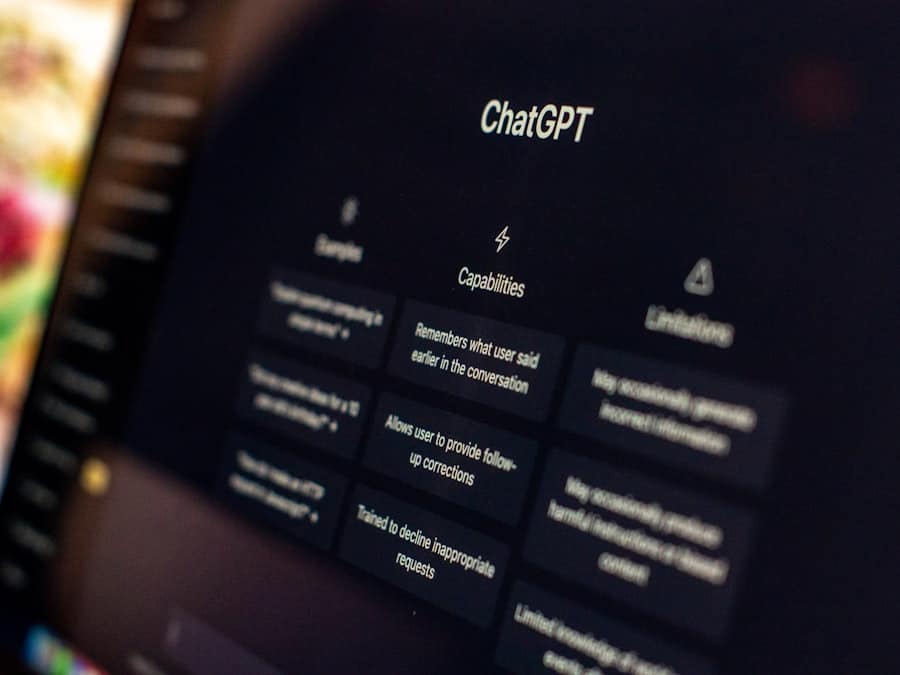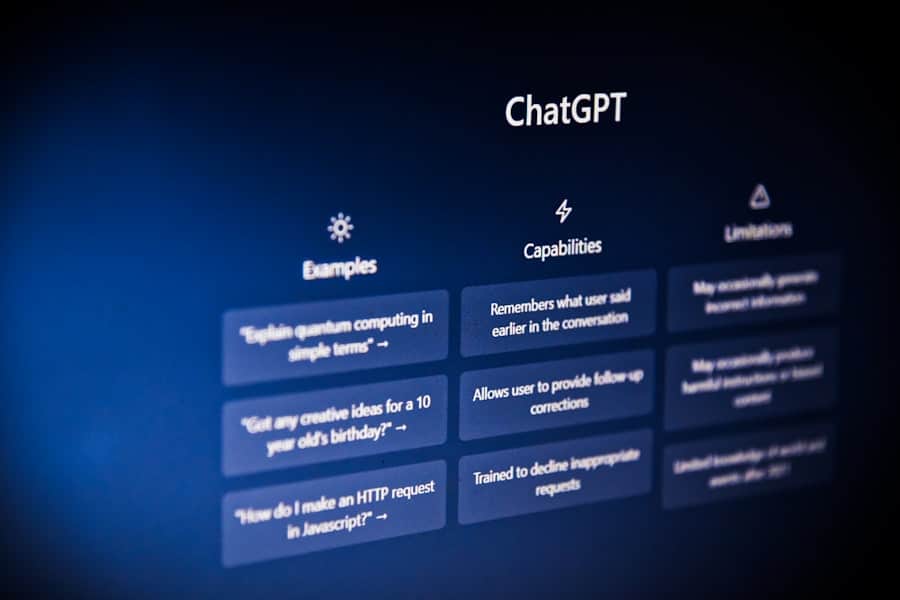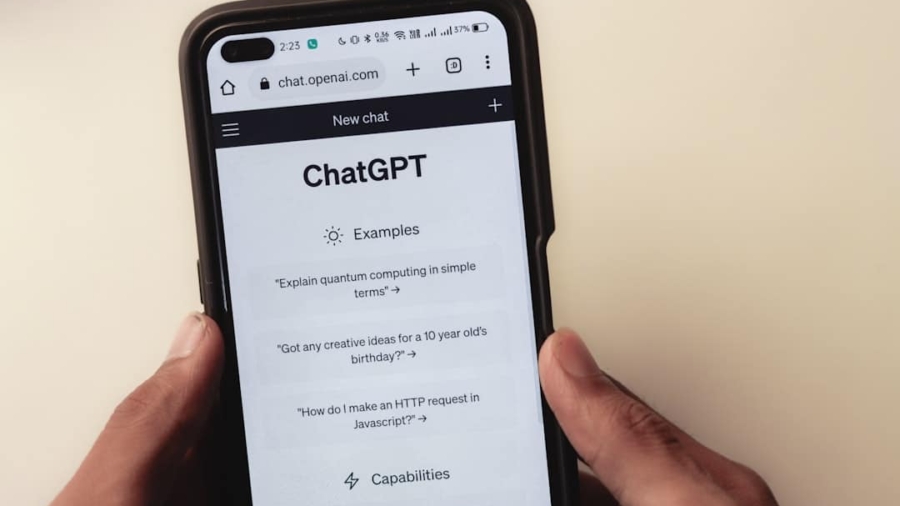The integration of artificial intelligence (AI) into various sectors has transformed traditional practices, and education is no exception. In the realm of parent-teacher communication, AI technologies are emerging as powerful tools that enhance interactions, streamline processes, and foster stronger relationships between educators and families. The traditional methods of communication, often reliant on phone calls, emails, and in-person meetings, can be time-consuming and sometimes ineffective.
AI offers innovative solutions that not only facilitate communication but also provide insights that can lead to improved educational outcomes for students. As schools increasingly adopt digital platforms, the role of AI becomes more pronounced. From chatbots that answer common queries to sophisticated data analytics that track engagement levels, AI is reshaping how parents and teachers connect.
This evolution is particularly significant in an era where parental involvement is linked to student success. By leveraging AI, educators can ensure that communication is not only efficient but also tailored to meet the diverse needs of families, ultimately creating a more inclusive educational environment.
Key Takeaways
- AI in parent-teacher communication is revolutionizing the way schools and educators interact with parents, offering new opportunities for personalized and efficient communication.
- AI streamlines communication by automating routine tasks, allowing teachers to focus on more meaningful interactions with parents and students.
- AI improves efficiency in scheduling parent-teacher conferences by offering automated scheduling options, reducing the administrative burden on teachers and parents.
- AI plays a crucial role in personalizing communication with parents by analyzing data and providing insights that help tailor communication to individual needs and preferences.
- AI can analyze and improve parent engagement by tracking communication patterns and identifying areas for improvement, ultimately enhancing the overall parent-teacher relationship.
Benefits of AI in Streamlining Communication
One of the most significant advantages of AI in parent-teacher communication is its ability to streamline interactions. Traditional communication methods often involve multiple steps and can lead to misunderstandings or delays. AI-driven platforms can automate routine inquiries, allowing parents to receive immediate responses to common questions about school policies, schedules, or events.
For instance, a chatbot integrated into a school’s website can provide instant answers about homework assignments or upcoming parent-teacher meetings, reducing the burden on teachers and administrative staff. Moreover, AI can facilitate more effective communication by analyzing patterns in parent inquiries and feedback. By identifying frequently asked questions or common concerns, schools can proactively address these issues through targeted communications.
This not only saves time but also enhances the overall experience for parents, who feel heard and valued. The ability to provide timely information fosters a sense of community and partnership between parents and educators, which is essential for student success.
How AI Can Improve Efficiency in Scheduling Parent-Teacher Conferences

Scheduling parent-teacher conferences has traditionally been a logistical challenge for schools. Coordinating times that work for both teachers and parents can be cumbersome, often resulting in missed opportunities for meaningful dialogue. AI can significantly improve this process by utilizing algorithms that analyze availability and preferences from both parties.
For example, an AI scheduling tool can automatically suggest optimal meeting times based on the calendars of teachers and parents, taking into account their respective commitments. Additionally, these AI systems can send reminders and confirmations to ensure that both parties are prepared for the meeting. This reduces the likelihood of no-shows and last-minute cancellations, which can disrupt the flow of communication.
By automating the scheduling process, educators can focus more on the content of their discussions with parents rather than the logistics of arranging meetings. This efficiency not only saves time but also enhances the quality of interactions during conferences, allowing for deeper conversations about student progress and needs.
The Role of AI in Personalizing Communication with Parents
Personalization is a key factor in effective communication, especially in education where each student’s needs are unique. AI technologies enable schools to tailor their communications based on individual student data and family preferences. For instance, an AI system can analyze a student’s academic performance, attendance records, and behavioral patterns to generate personalized updates for parents.
This could include specific recommendations for how parents can support their child’s learning at home or alerts about any concerning trends that may require attention. Furthermore, AI can help educators segment their communications based on various factors such as language preferences or cultural backgrounds. By providing information in a language that parents are comfortable with or addressing cultural nuances in communication styles, schools can foster a more inclusive environment.
This level of personalization not only enhances engagement but also builds trust between parents and educators, as families feel that their unique circumstances are acknowledged and respected.
Using AI to Analyze and Improve Parent Engagement
Understanding parent engagement is crucial for schools aiming to foster strong partnerships with families. AI tools can analyze data from various sources—such as attendance at school events, participation in surveys, and communication frequency—to gauge levels of parent involvement. By employing machine learning algorithms, schools can identify trends and patterns that may indicate areas where engagement is lacking.
For example, if data reveals that a significant number of parents are not attending school events or responding to communications, educators can investigate further to understand the underlying reasons.
This data-driven approach allows schools to be proactive rather than reactive in their efforts to involve parents in their children’s education.
Overcoming Challenges and Concerns in Implementing AI for Parent-Teacher Communication

The Digital Divide: Ensuring Inclusivity
One significant challenge is the digital divide, where not all families have equal access to technology or the internet. Schools must ensure that their AI-driven communication tools do not inadvertently exclude families who may lack resources or technical skills. Providing alternative methods of communication alongside AI solutions is essential to ensure inclusivity.
Data Privacy and Security: Building Trust
Another concern revolves around data privacy and security. The use of AI often involves collecting and analyzing sensitive information about students and families. Schools must prioritize safeguarding this data against breaches and misuse. Implementing robust security measures and being transparent with parents about how their data will be used is crucial in building trust.
Engaging Parents in Data Privacy Discussions
Educators should also engage parents in discussions about data privacy policies to ensure they feel comfortable with the technology being used. This open communication will help to address concerns and build trust between schools and families, ultimately leading to a more successful implementation of AI in parent-teacher communication.
Ethical Considerations in Using AI for Parent-Teacher Communication
The ethical implications of using AI in education extend beyond data privacy concerns; they also encompass issues related to bias and fairness. AI systems are only as good as the data they are trained on, which means that if historical biases exist within the data, these biases may be perpetuated by the algorithms. For instance, if an AI tool is designed to identify students at risk of underperforming based on past performance metrics, it may inadvertently disadvantage certain groups if those metrics reflect systemic inequities.
To mitigate these risks, schools must adopt ethical frameworks when implementing AI technologies. This includes regularly auditing algorithms for bias and ensuring diverse representation in training datasets. Additionally, involving stakeholders—such as teachers, parents, and community members—in discussions about the ethical use of AI can help create a more equitable approach to technology integration in education.
Future Trends and Developments in AI for Parent-Teacher Communication
As technology continues to evolve, so too will the applications of AI in parent-teacher communication. One promising trend is the increasing use of natural language processing (NLP) technologies that enable more sophisticated interactions between parents and AI systems. These advancements could lead to more intuitive chatbots capable of understanding context and providing nuanced responses to parent inquiries.
Moreover, the integration of AI with other emerging technologies—such as virtual reality (VR) or augmented reality (AR)—could revolutionize how schools engage with families. Imagine virtual parent-teacher conferences where parents can interact with educators in immersive environments or AR applications that allow parents to visualize their child’s learning journey through interactive experiences. In conclusion, the future of AI in parent-teacher communication holds immense potential for enhancing engagement, personalizing interactions, and improving educational outcomes.
As schools navigate this landscape, it will be essential to prioritize inclusivity, ethical considerations, and continuous improvement to ensure that all families benefit from these technological advancements.
In a related article discussing the latest advancements in technology, Discover the Best Laptops for Blender in 2023: Top Picks and Reviews highlights the importance of having powerful laptops for graphic design and animation software like Blender. This article sheds light on the top laptops that are best suited for running Blender efficiently, providing valuable insights for professionals in the field. Just as AI is revolutionizing parent-teacher communication, having the right technology tools is crucial for success in various industries.
FAQs
What is AI?
AI, or artificial intelligence, refers to the simulation of human intelligence in machines that are programmed to think and act like humans. This includes tasks such as learning, problem-solving, and decision-making.
How does AI automate parent-teacher communication?
AI can automate parent-teacher communication by using algorithms to analyze data and generate personalized messages to parents about their child’s progress, behavior, and academic performance. This can include automated emails, text messages, or app notifications.
What are the benefits of using AI for parent-teacher communication?
Using AI for parent-teacher communication can save time for teachers and parents, provide personalized and timely updates on a child’s progress, and improve overall communication between the school and parents.
Are there any concerns about using AI for parent-teacher communication?
Some concerns about using AI for parent-teacher communication include data privacy and security, the potential for misinterpretation of data, and the loss of personal touch in communication. It’s important to address these concerns and ensure that AI is used responsibly and ethically.

